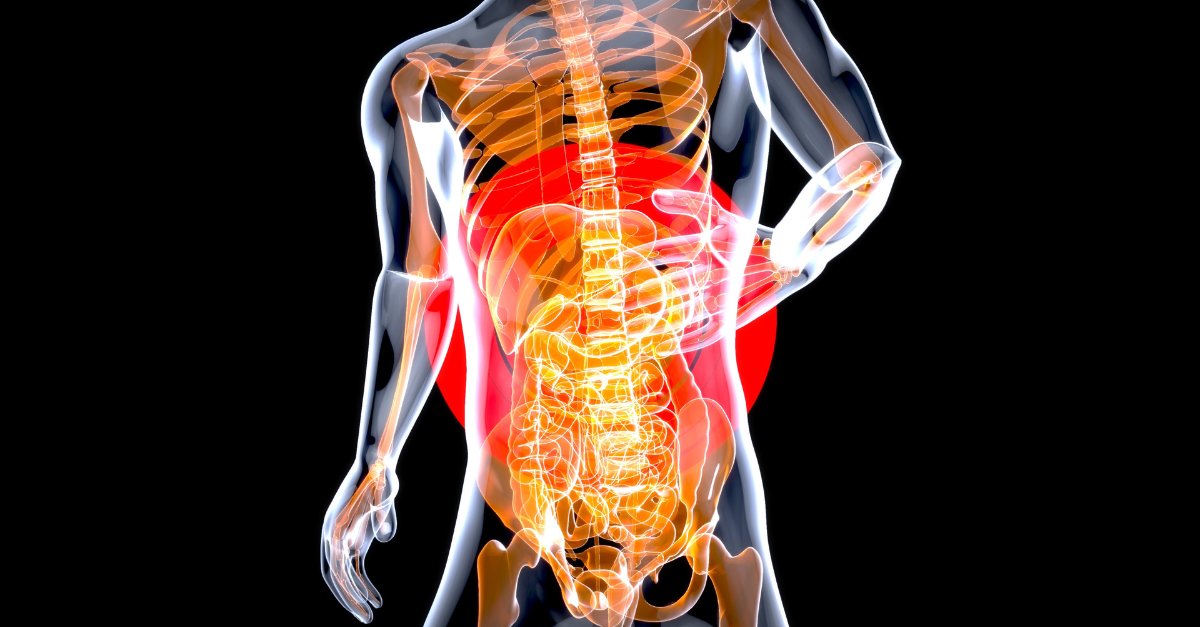Why persistent pain needs a new plan
Few issues sap confidence like stubborn back and spine pain that lingers despite rest, medications, or rounds of therapy. When pain cycles persist, daily life narrows: sitting and standing rotations get shorter, sleep fragments, and movement patterns become guarded and inefficient. A smarter plan looks beyond masking symptoms, aiming to calm inflammation, support tissue repair, and rebuild the mechanics that carry the day.
What changes when biology helps
Modern regenerative programs pair targeted rehabilitation with cellular signals that make healing conditions more favorable. The aim is pragmatic: reduce inflammatory “noise,” improve local circulation and nutrient delivery, and give stressed structures—discs, facet joints, ligaments, and paraspinal muscles—a better chance to remodel. With clearer signals and thoughtful loading, small wins can stack into durable function rather than temporary relief.
The role of MSCs in spinal recovery
Evidence and clinical practice have converged on the supportive role of mesenchymal stem cells. MSCs are known for immunomodulatory and pro-repair signaling that can help quiet inflammation and encourage tissue repair dynamics. In spine care, that can translate to calmer nerve root irritation, better disc and joint environment, and more productive rehabilitation blocks that hold their gains beyond the clinic hour.
Connecting mechanisms to outcomes
For disc-related pain, the target is often restoring load tolerance—sitting longer, lifting more confidently, and moving with fewer flare-ups. For facet-driven pain, rotation and extension become smoother as joint irritation subsides. For nerve-related syndromes, goals include reducing radiating symptoms and restoring strength and coordination downstream. A cell-supported environment can help these aims “stick” when paired with precise practice.
The Panama advantage in coordination
The growth of panama stem cells reflects more than lab capacity; it signals integrated logistics, predictable scheduling, and structured follow-up. That scaffolding matters for spine recovery, where timing treatment, deload weeks, and progressive reloading is key. By keeping friction low—from travel to aftercare—energy can be spent on the work that counts.
How programs are structured
A typical journey starts with imaging and a functional exam, then a plan: session counts, delivery routes, and paired therapy cycles. The core biological support often includes back and spine stem cells to help calm inflamed tissues and encourage remodeling. When done well, the sequence is specific: signal, practice, recover, repeat—translating clinical “maybes” into measurable capabilities.
Focus on indications
Among the most common cases are degenerative disc disease, facet arthropathy, herniations with radiculopathy, and post-procedure pain syndromes. Stabilizing adjacent systems—hips, thoracic spine, and core control—amplifies the spine’s response. This is why progressive loading, gait retraining, and breathing mechanics are often woven into a plan that leverages stem cell treatments in Panama to accelerate momentum.
Planning for access and value
Clarity on budgets turns ideas into action. Families often begin with transparent ranges and itemized inclusions to understand the stem cell therapy cost in panama. When comparing, look at what’s covered—consults, labs, cell preparation, administration, and follow-up—so the number reflects a full journey rather than partial costs that balloon later.
Why many choose Panama
Patients seeking affordable stem cell therapy often find Panama balances quality and value through specialization and efficiency. For spine cases, the combination of clinical focus and logistical support helps keep attention on practice and recovery, not paperwork. It’s also where education, candidacy screening, and realistic timelines reduce uncertainty and align expectations.
Turning improvements into capacity
A useful blueprint: baseline, load plan, cellular support, progressive practice, and checkpoints. During the 4–12 weeks after treatment, many programs prioritize movement that stresses the spine productively without provoking flares—walking cadence, hinge patterns, anti-rotation work, and tempo-controlled strength. This is how back and spine pain becomes a solvable problem: consistency plus a better biological backdrop.


